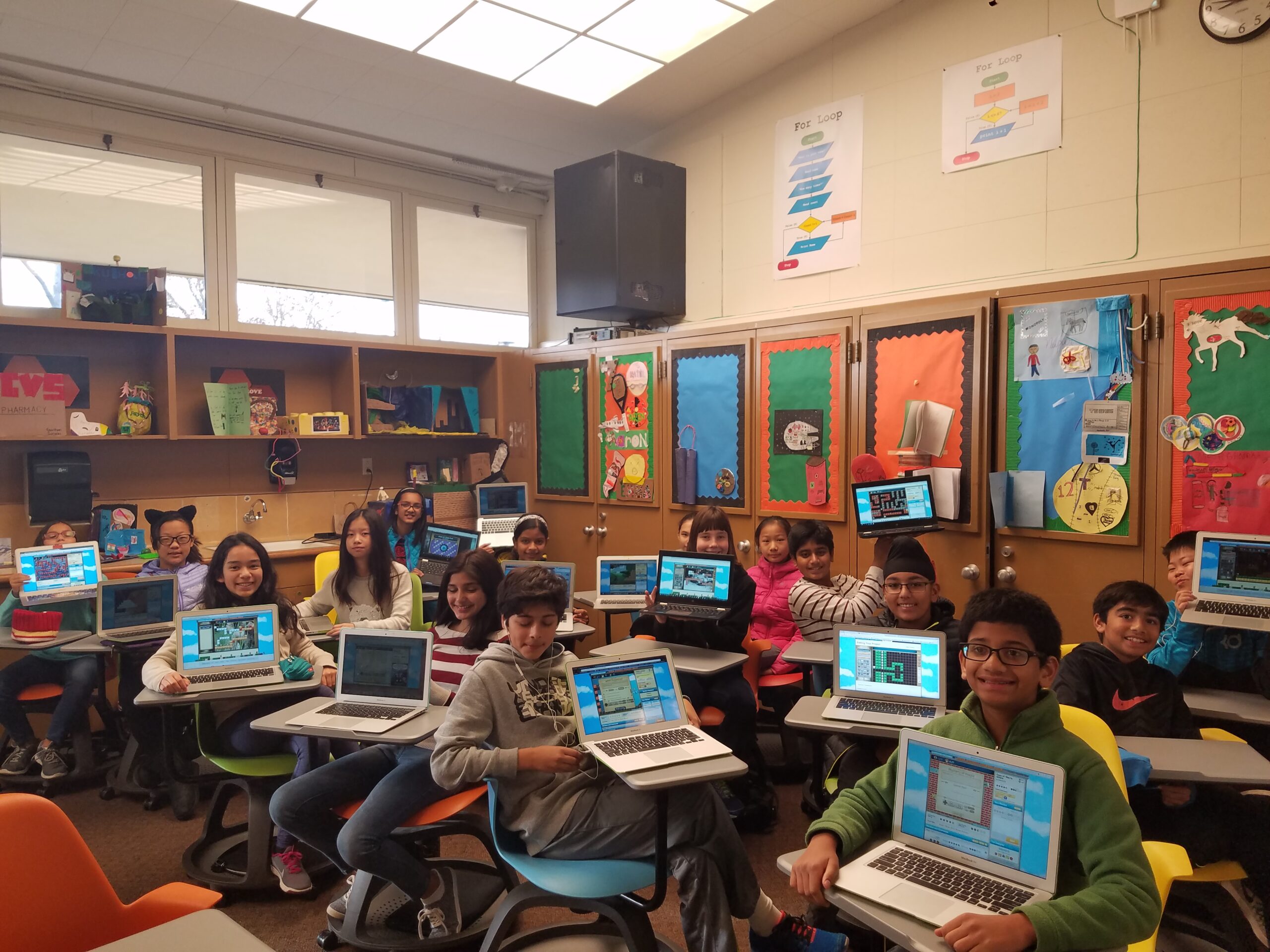Over the course of the fall semester, middle school computer science students have been learning that software creation is about much more than knowing how to code. Utilizing the concepts defined in the Design Thinking Process (which is currently taught to graduate students at Stanford University), young programmers are learning how to create the best possible user experiences.
One tool being used to teach these concepts is Gamestar Mechanic, a game design program that computer science teacher Sharmila Misra says is useful for learning how to design software with users in mind. “Our students use Gamestar Mechanic as a tool to apply software designing concepts that are essential for programmers,” Misra said. “Nowadays, programming can be learned online too, for free. However, these software development concepts are definitely not something the students can just learn online.”
Using games as a basis for teaching software design seemed like a natural choice, because many students were already so familiar with them. “Using that as the base, students stayed on board with enthusiasm to learn computer science concepts,” said Misra.
The students’ first users were their buddies at Japan’s Tamagawa Academy, who not only are just beginning to learn English but also have varying experiences with games, Misra said, “as they don’t yet have laptops of their own like our students do.”
In their work with Gamestar Mechanic, students learned how to empathize with potential users, which helps them in defining the requirements for the games they create. After defining the challenges that must be surmounted to meet user requirements, they sketched out concepts and took feedback from users and peers who are both like- and different-minded. Prototypes were then made and released to the Tamagawa students, who provided additional feedback, which was then used to finish and release the final products.
Using the knowledge and experience gained from their first projects, the students are now making games for their peers at Harker.
Misra characterized the students’ response to Gamestar Mechanic as “very enthusiastic,” noting that “since the requirements, the design, the feedback, making the game and testing are all using games, students relate to it very easily and get engrossed in it and they don’t even realize they are learning concepts taught in a graduate school.”
